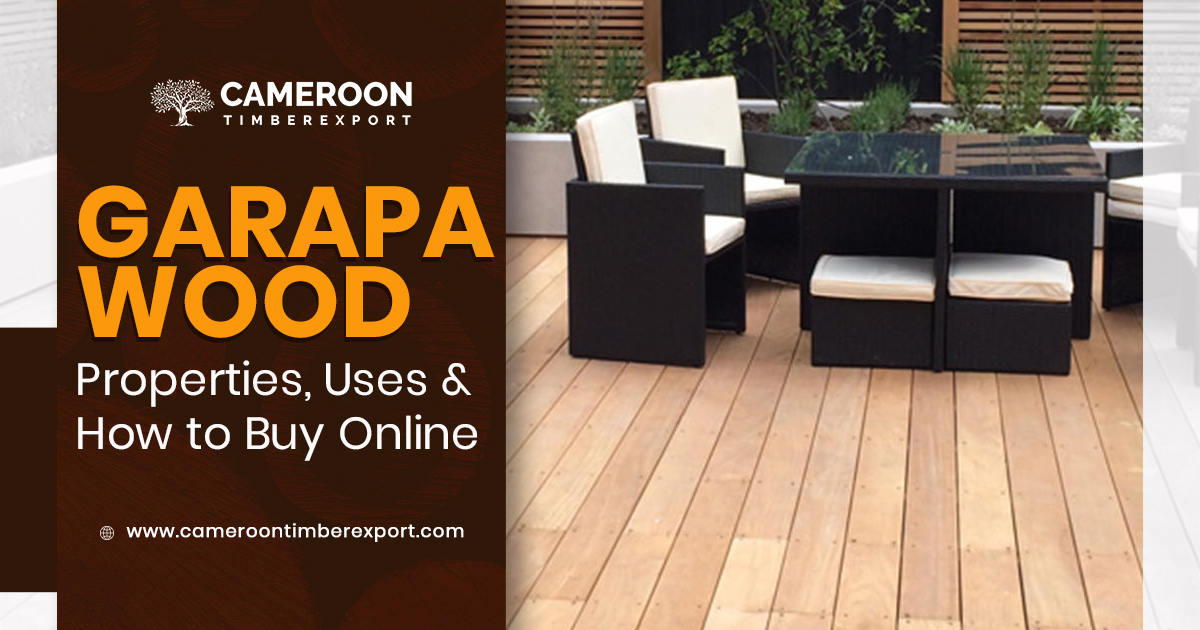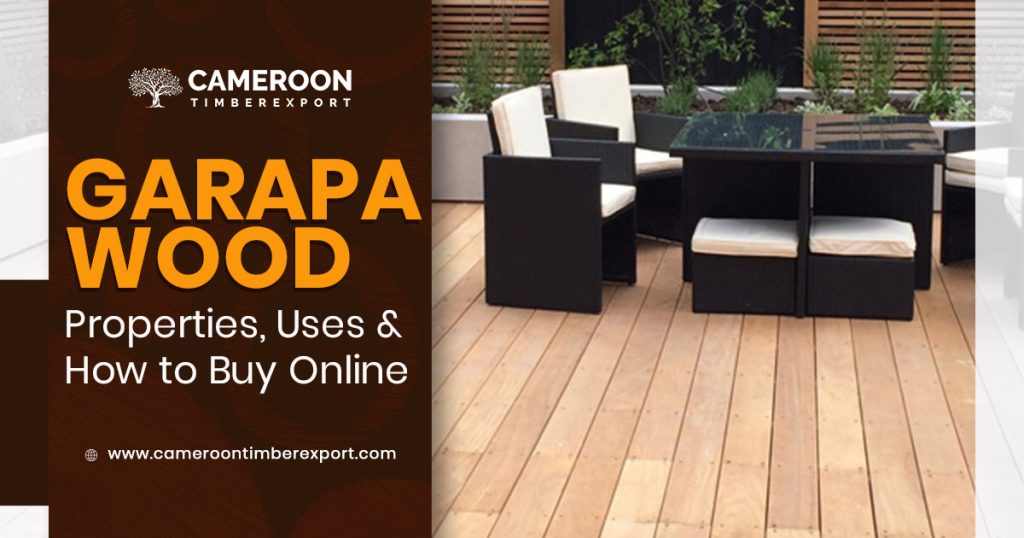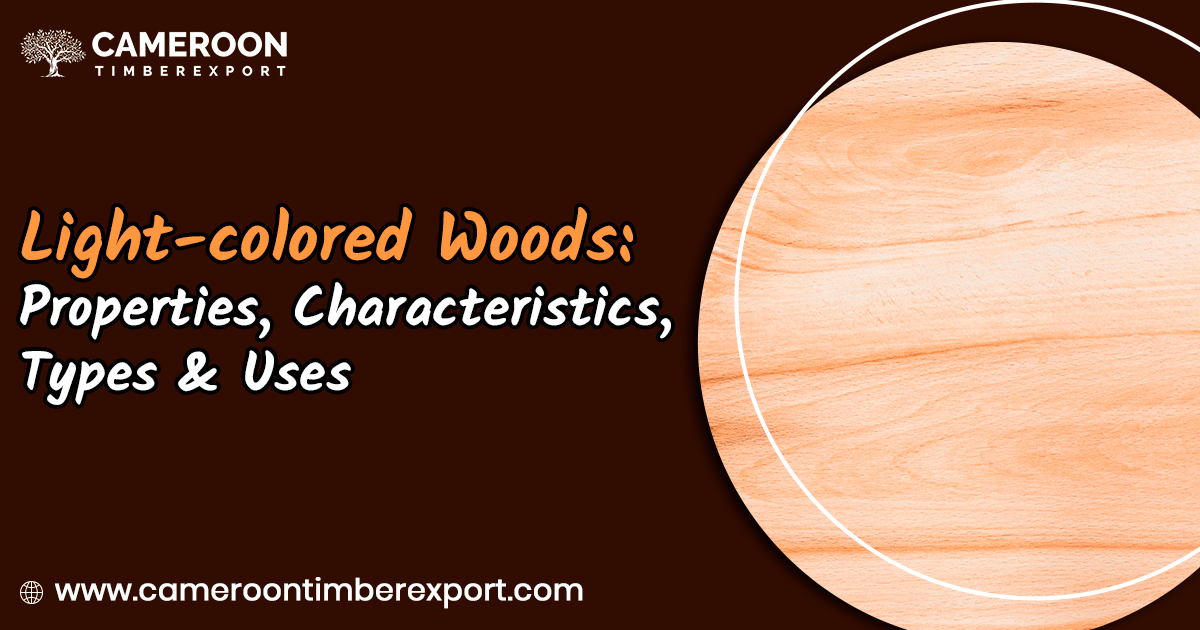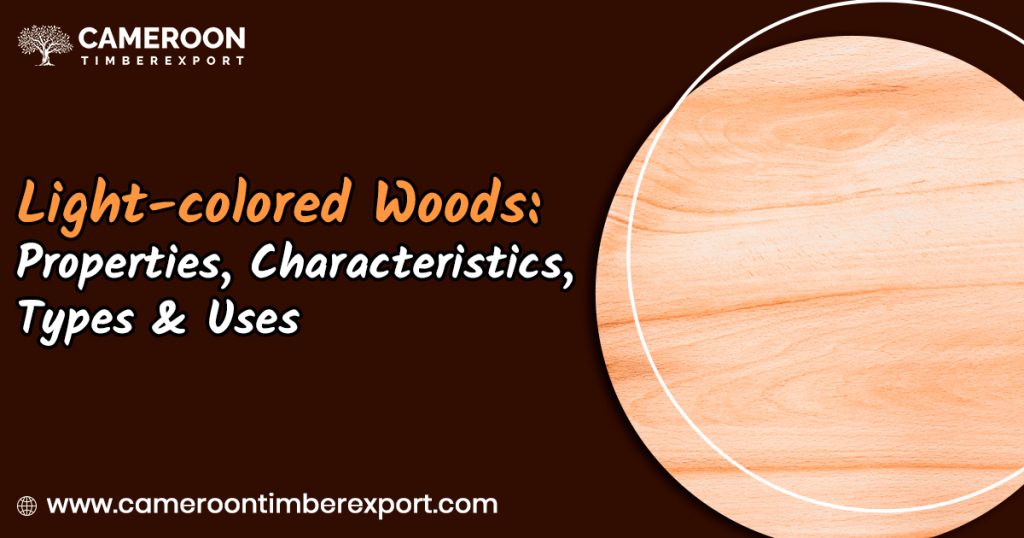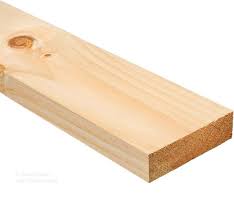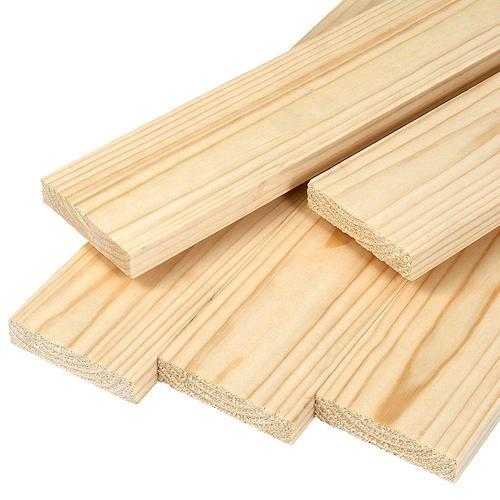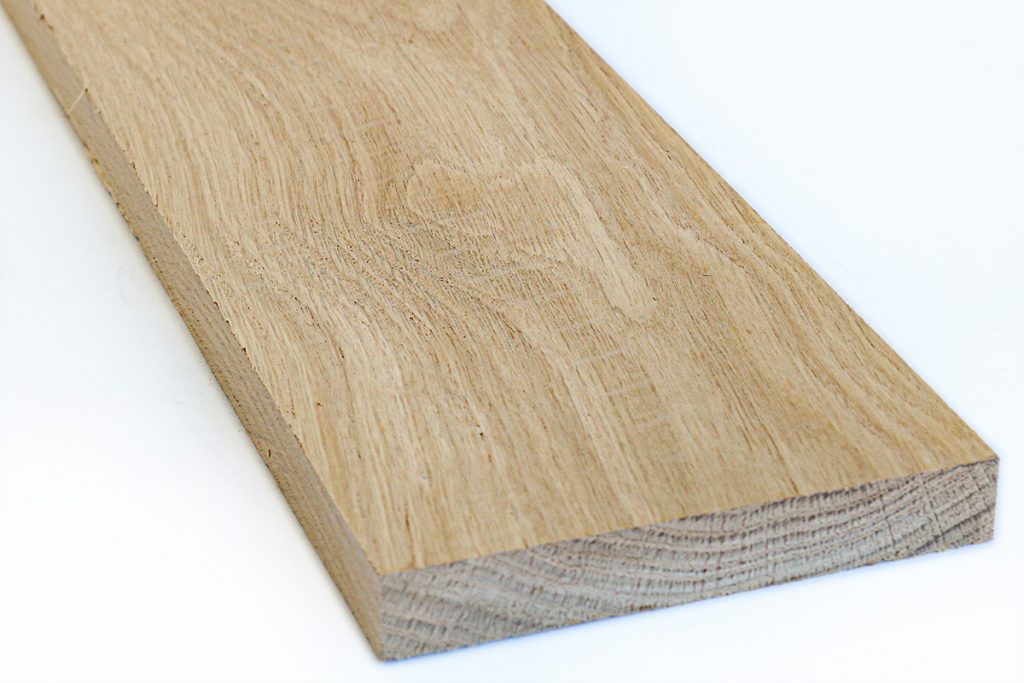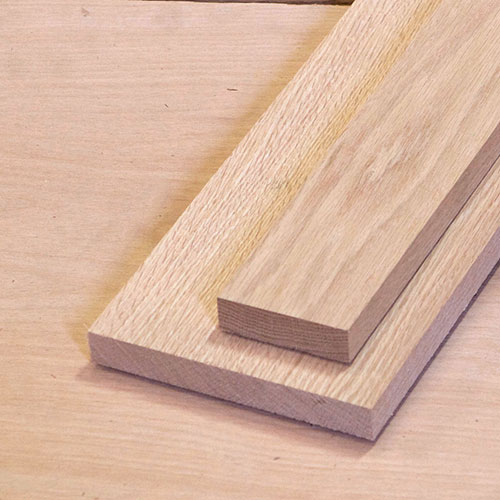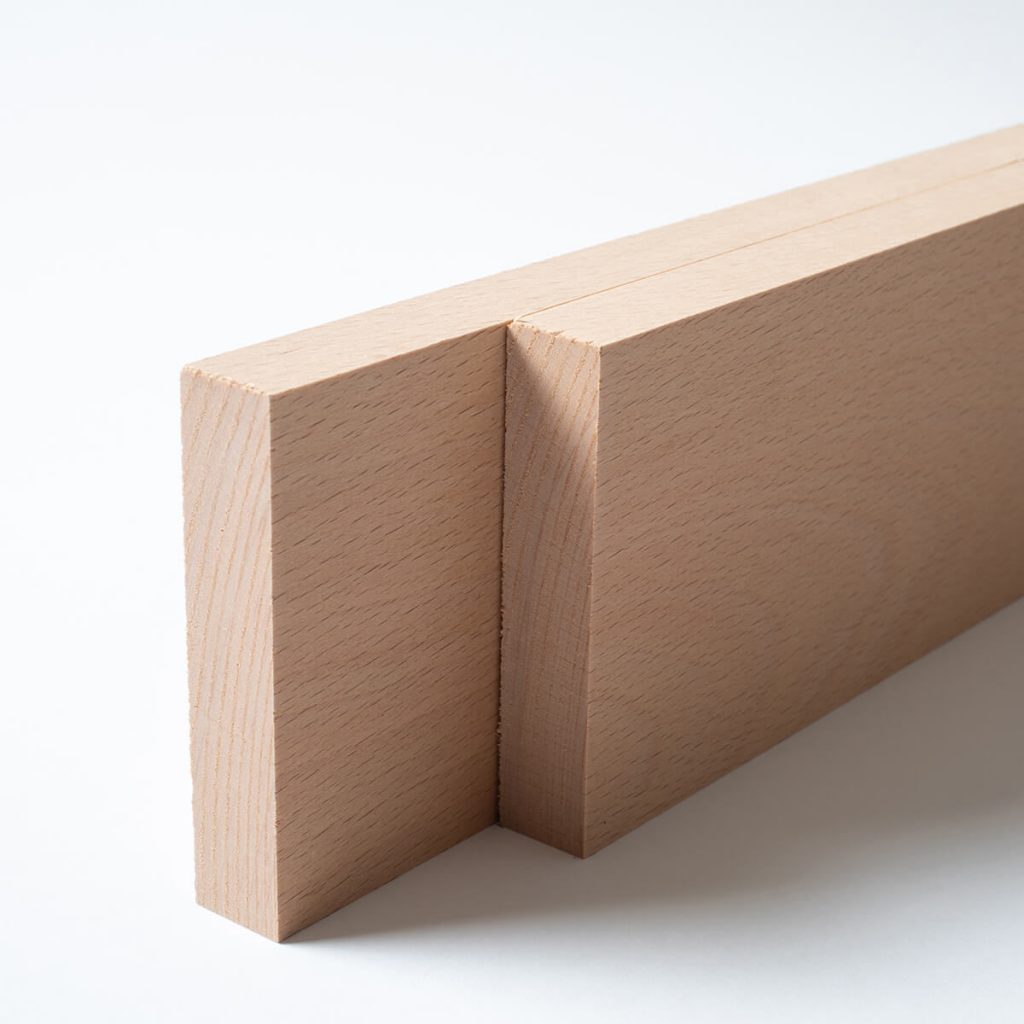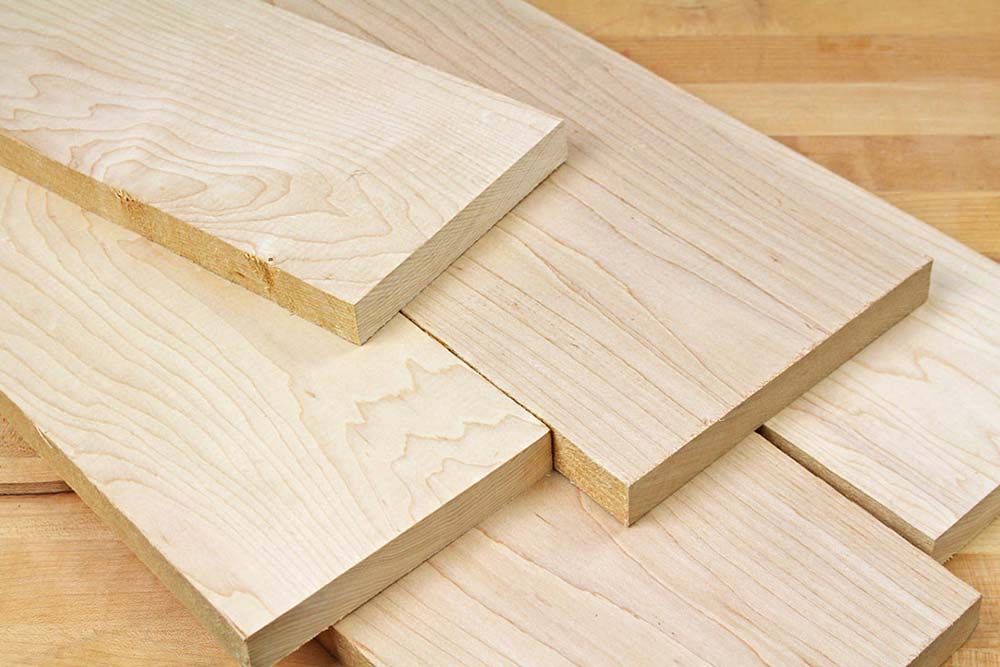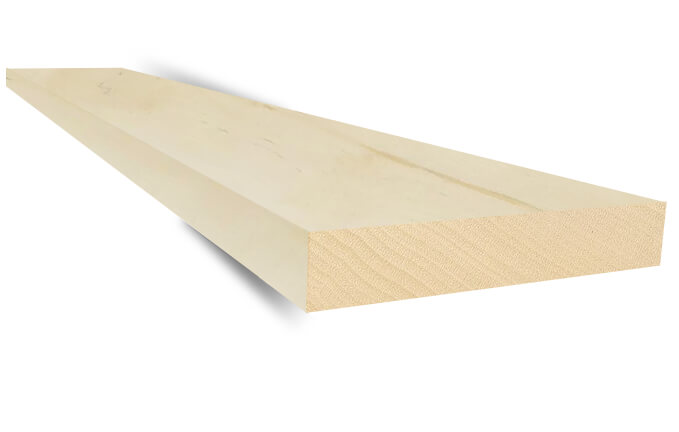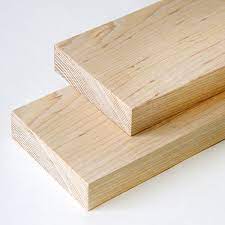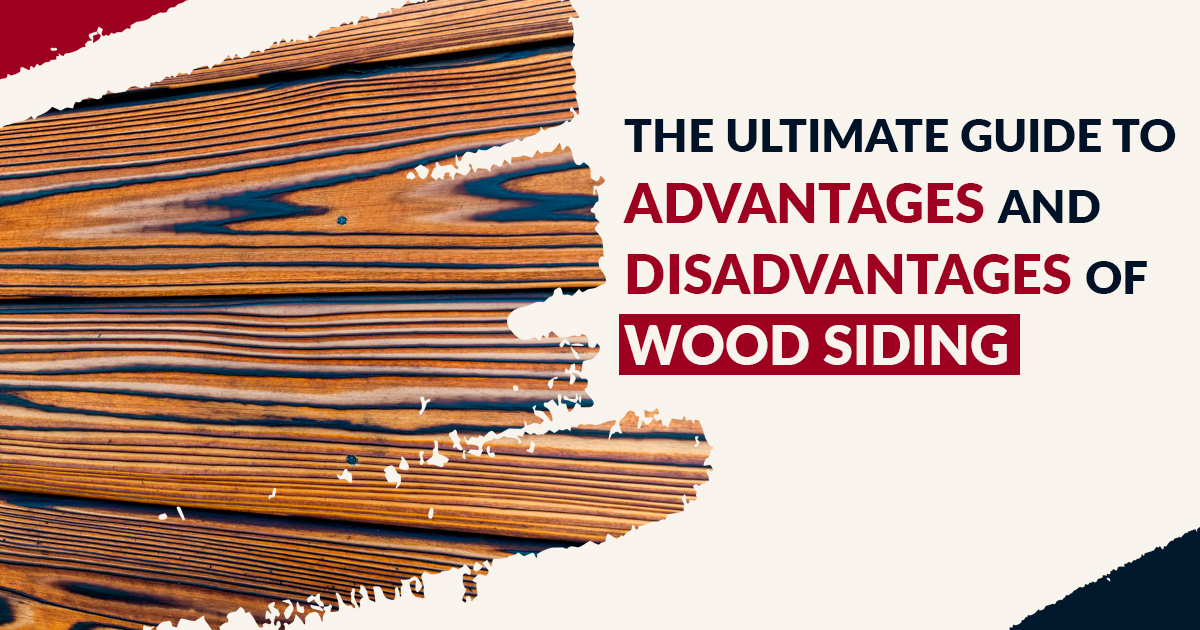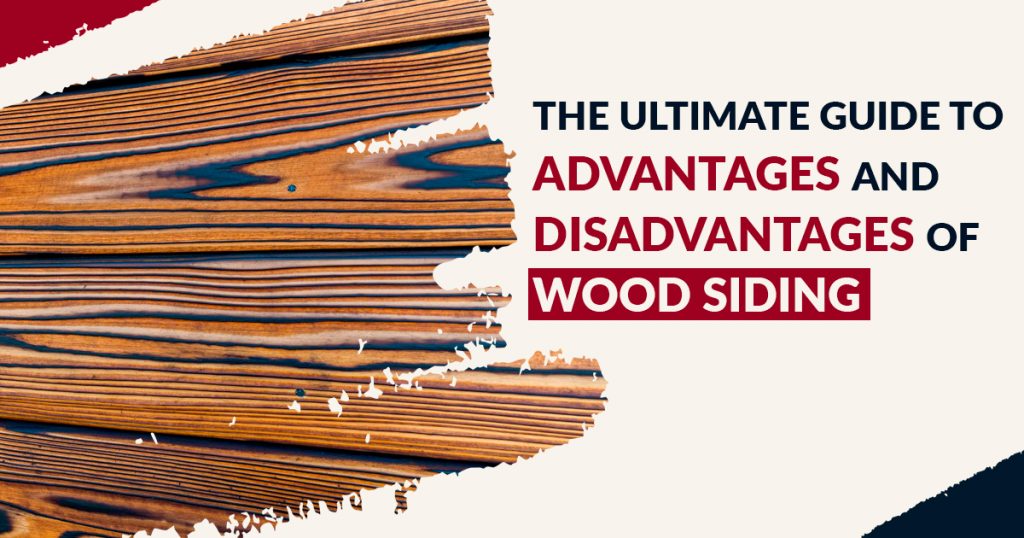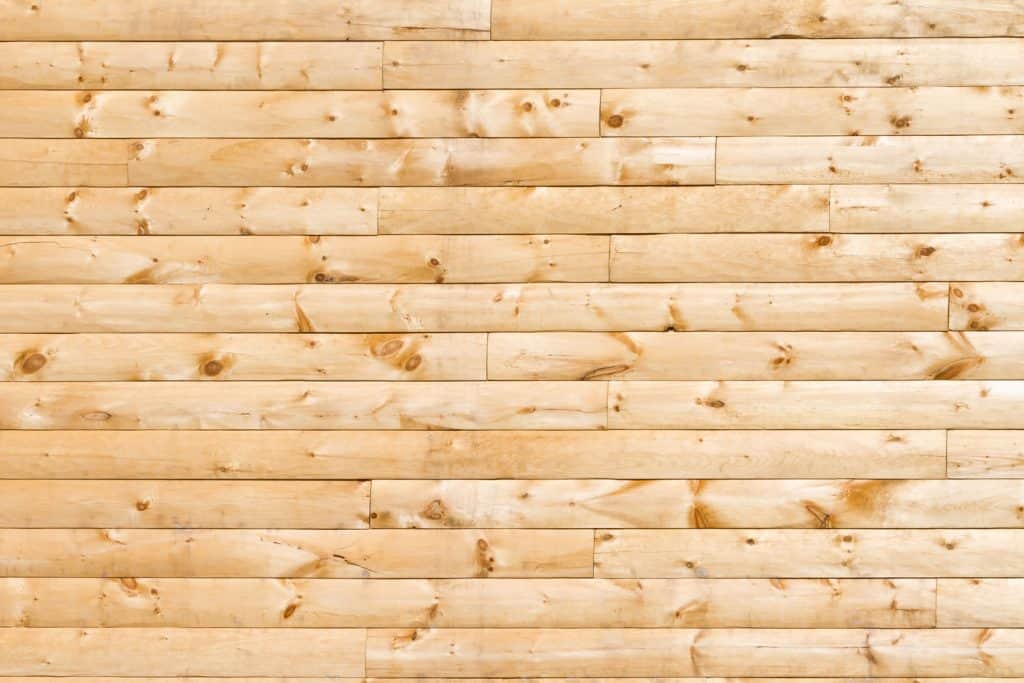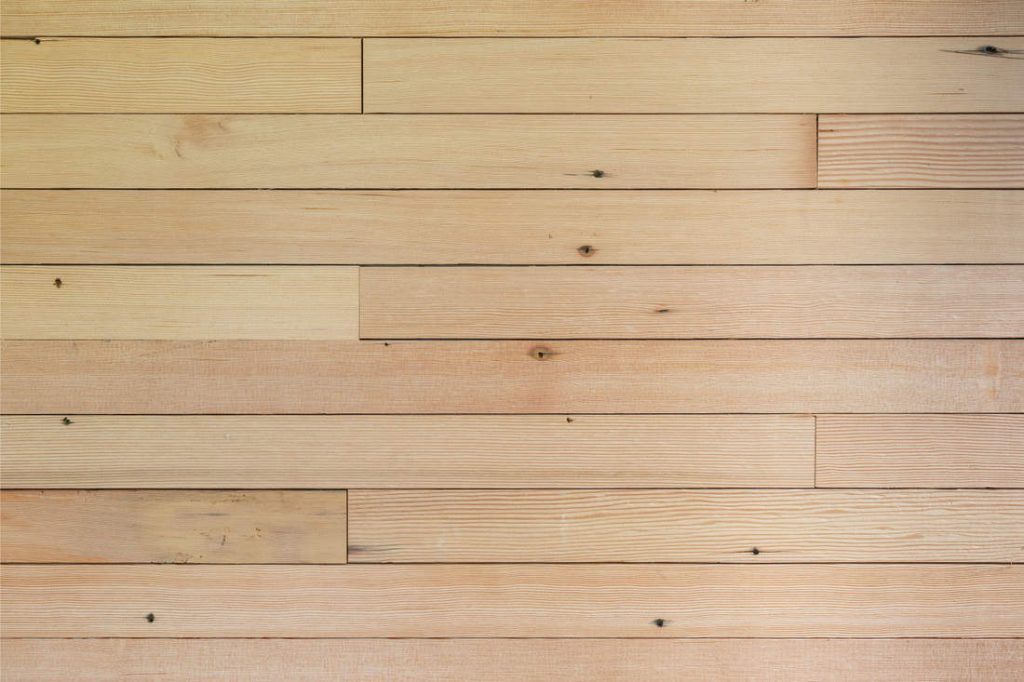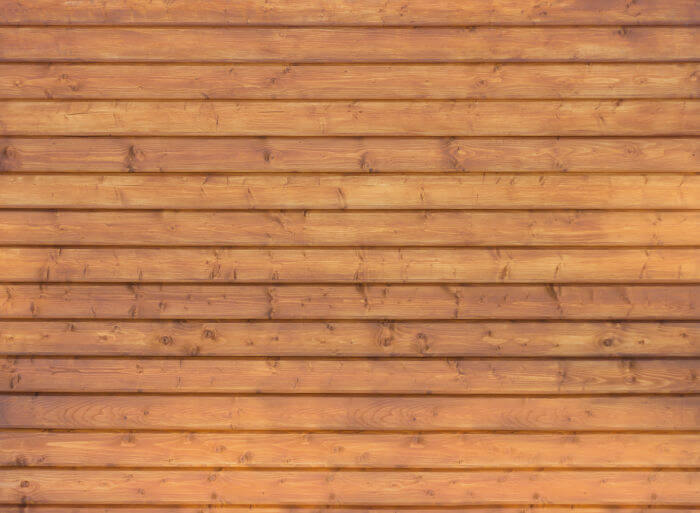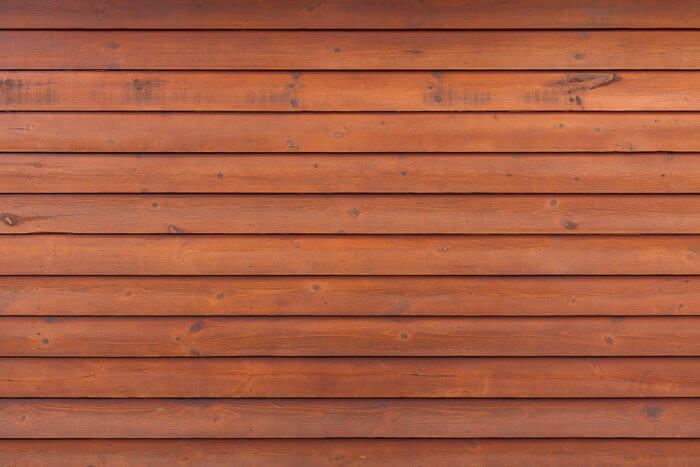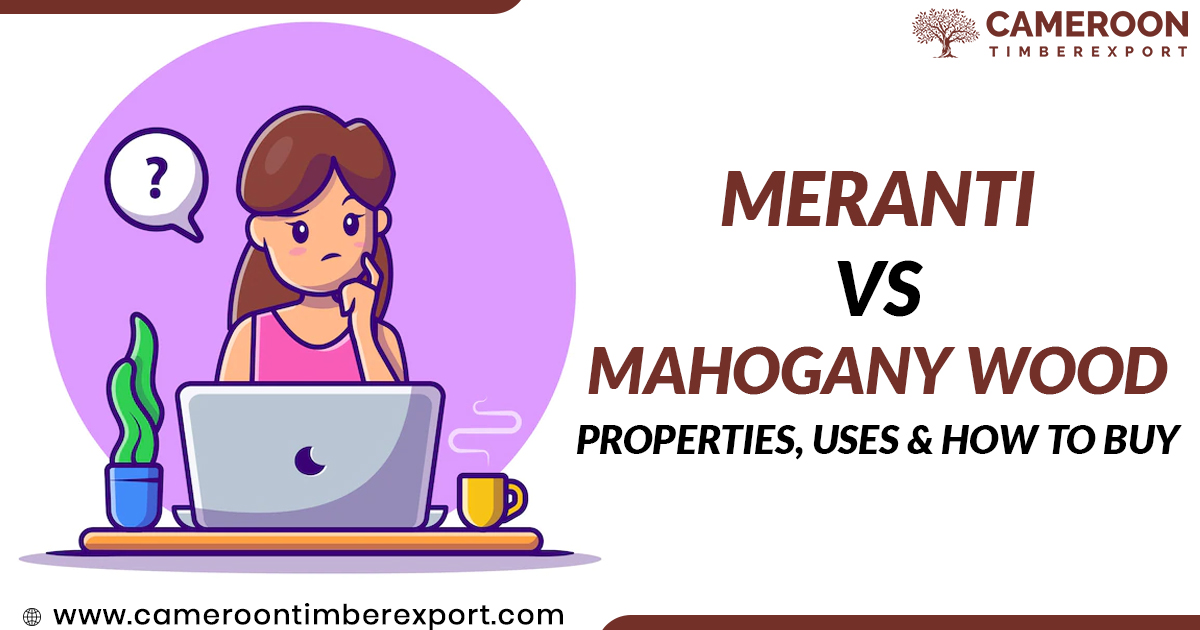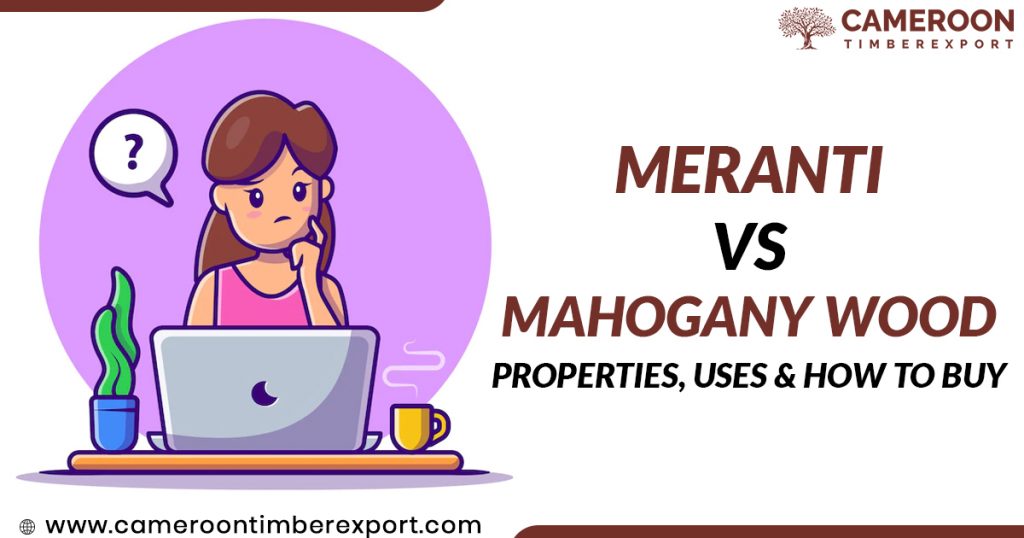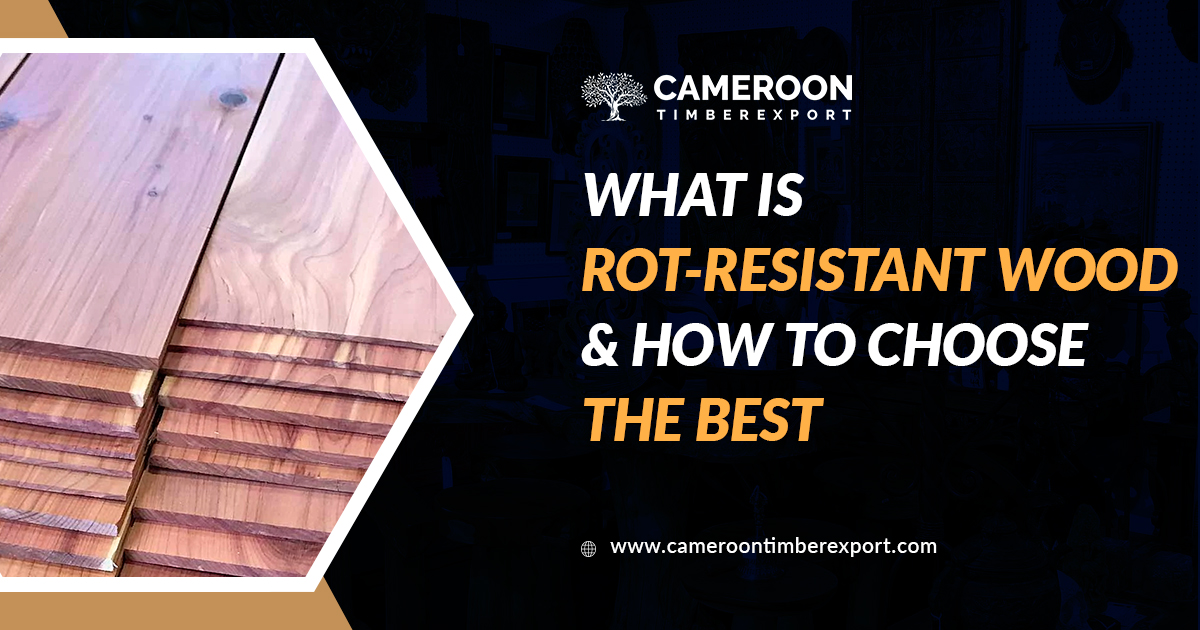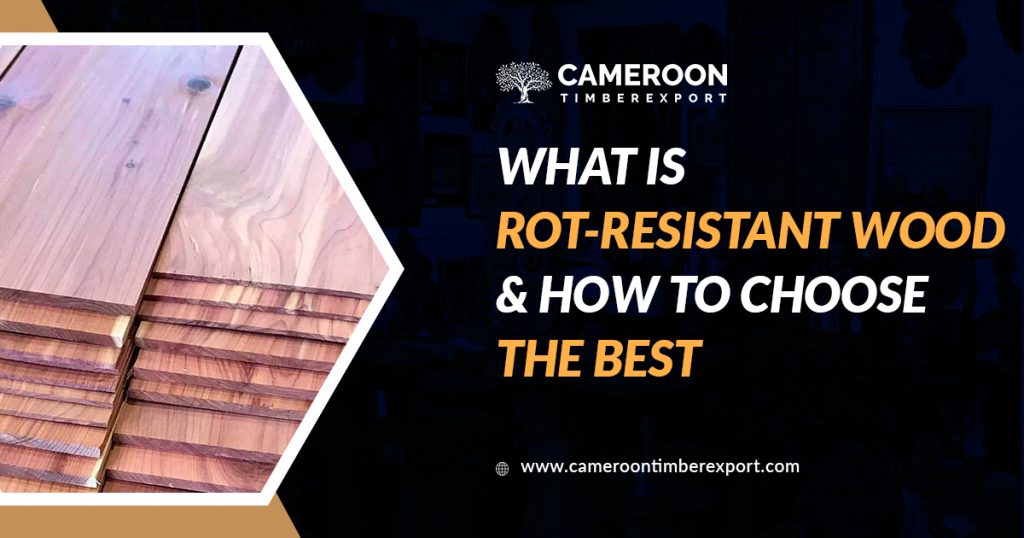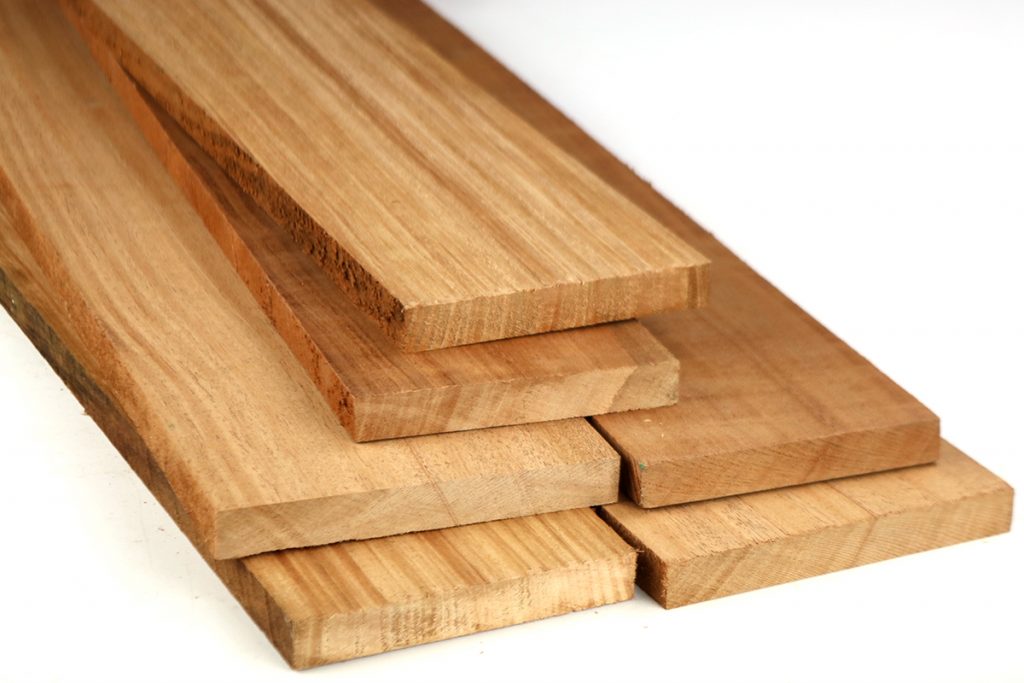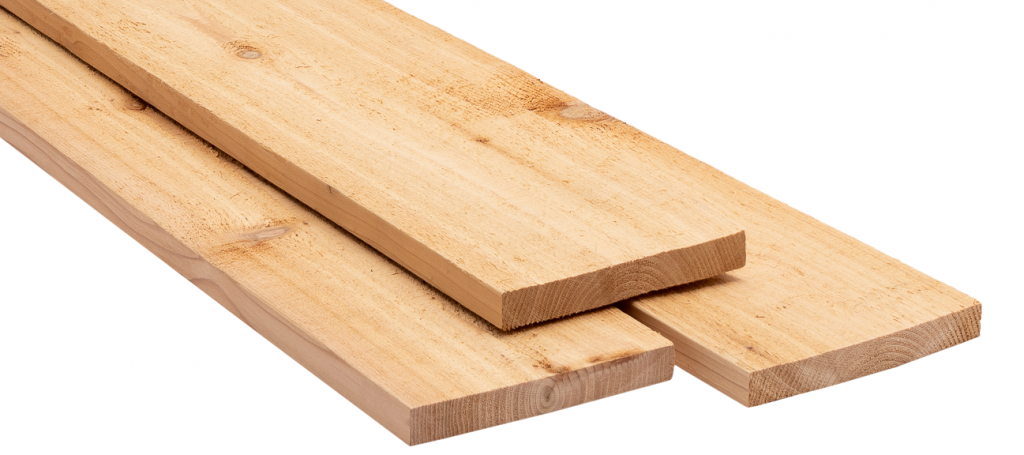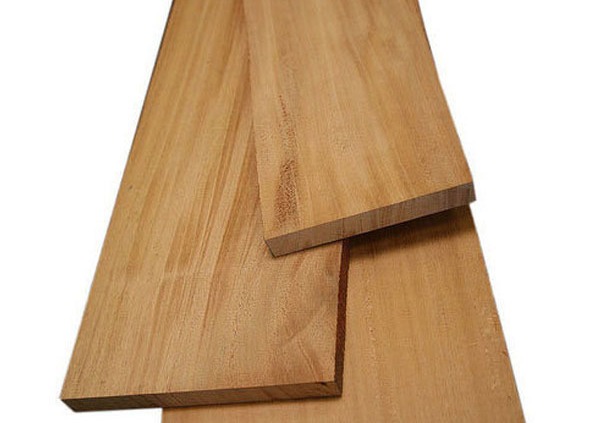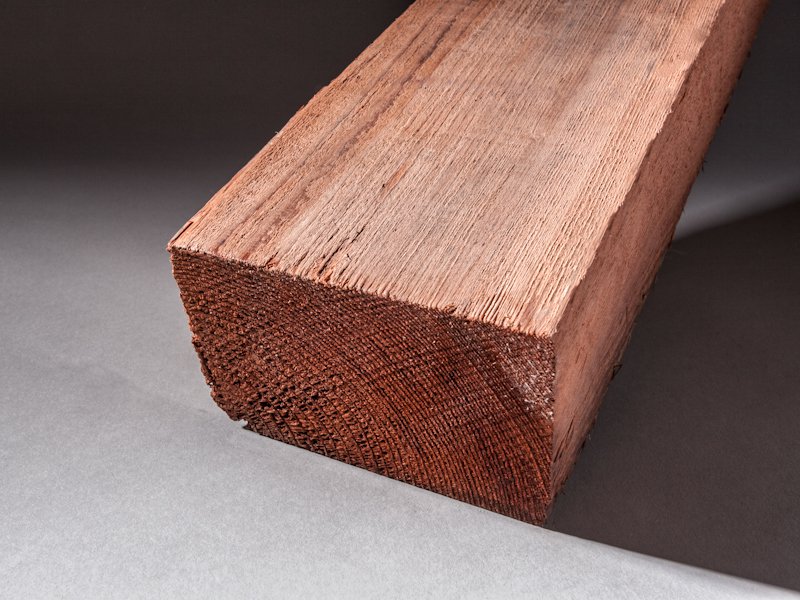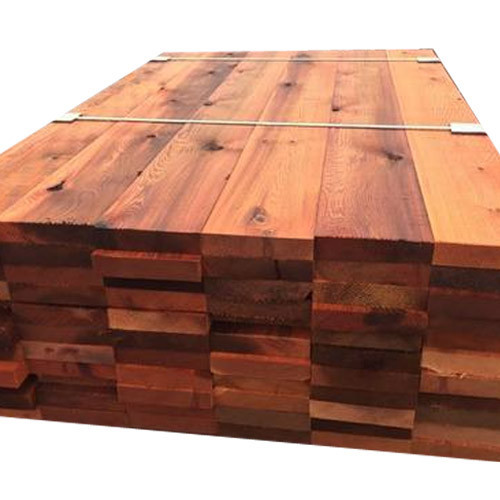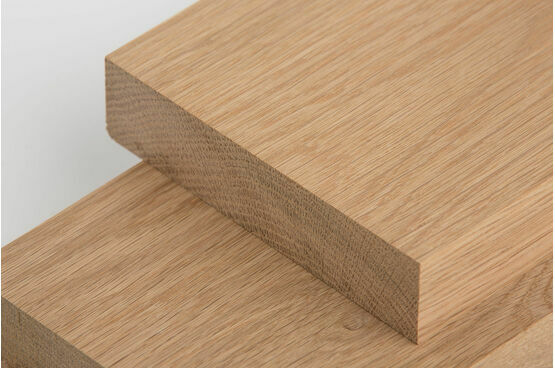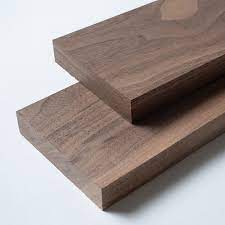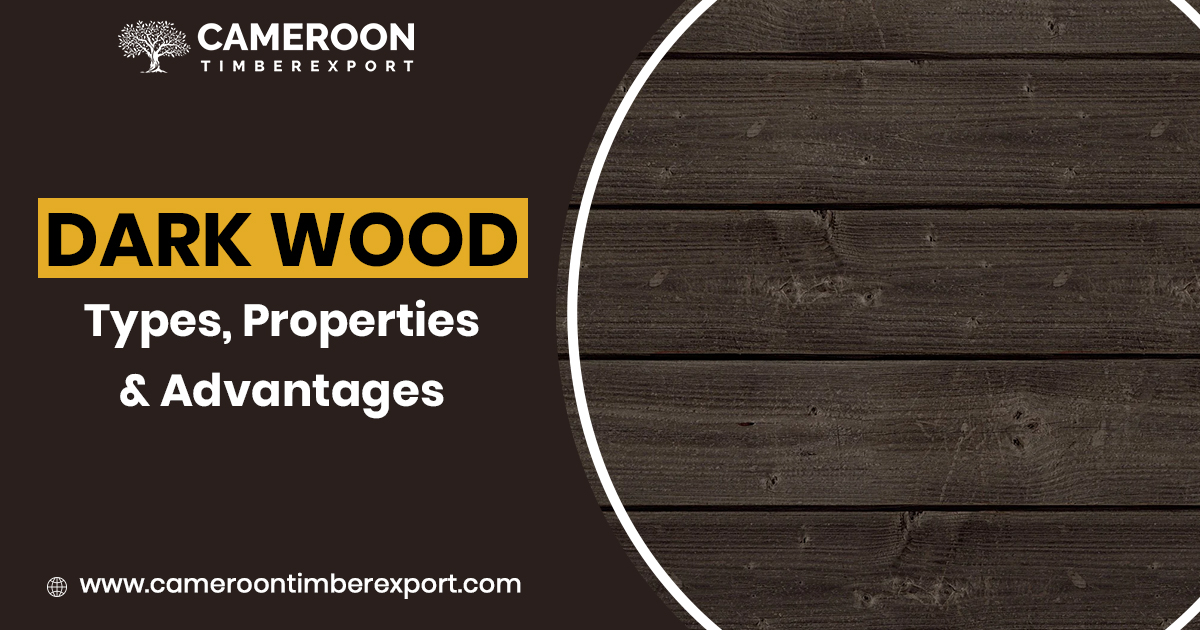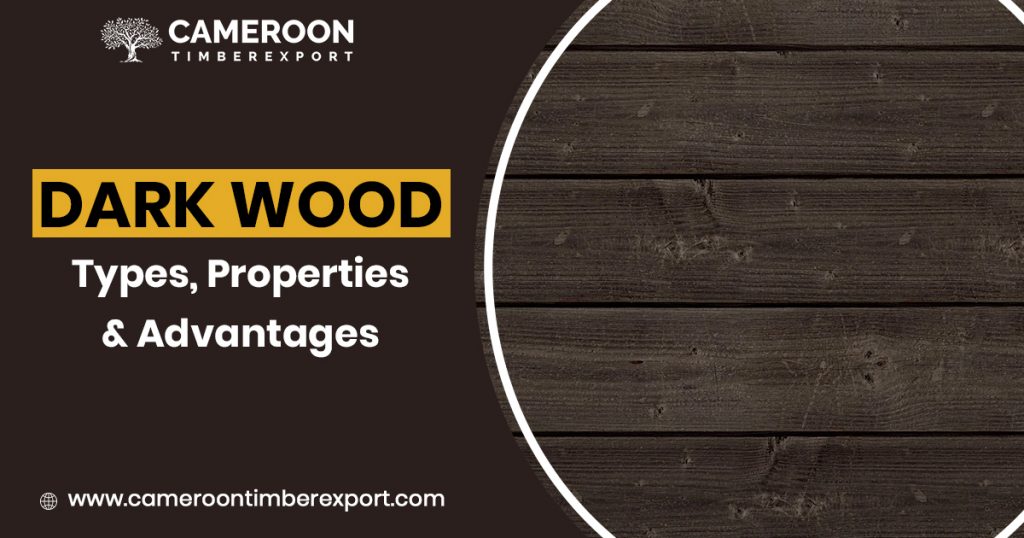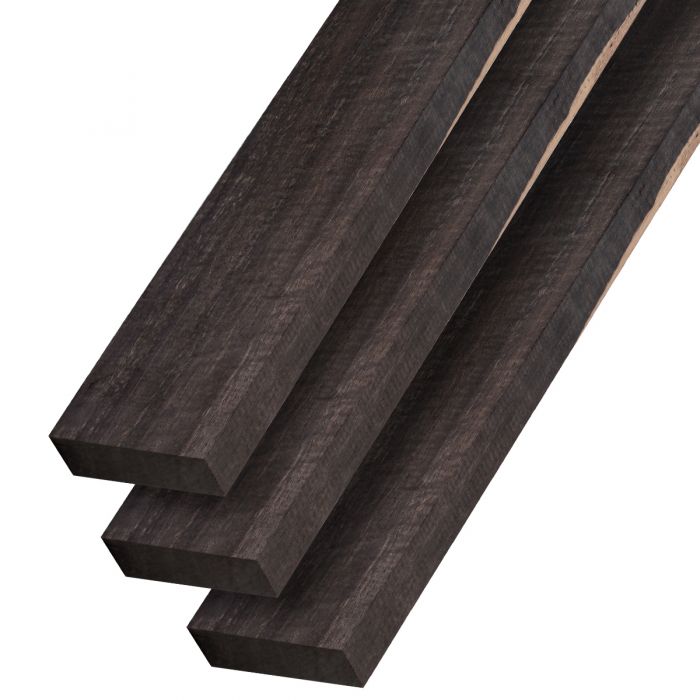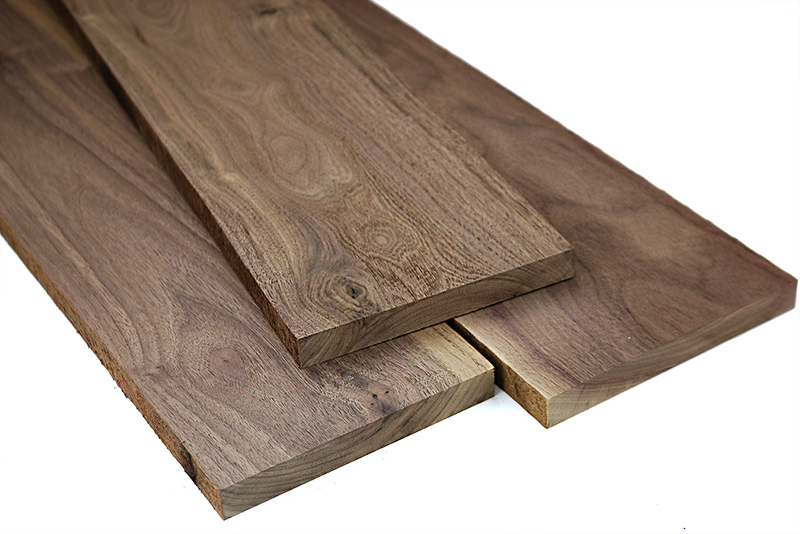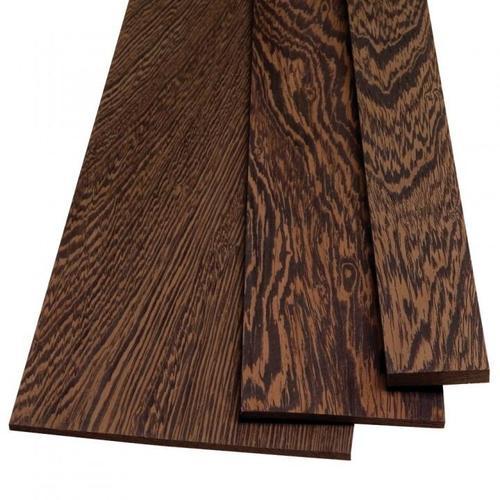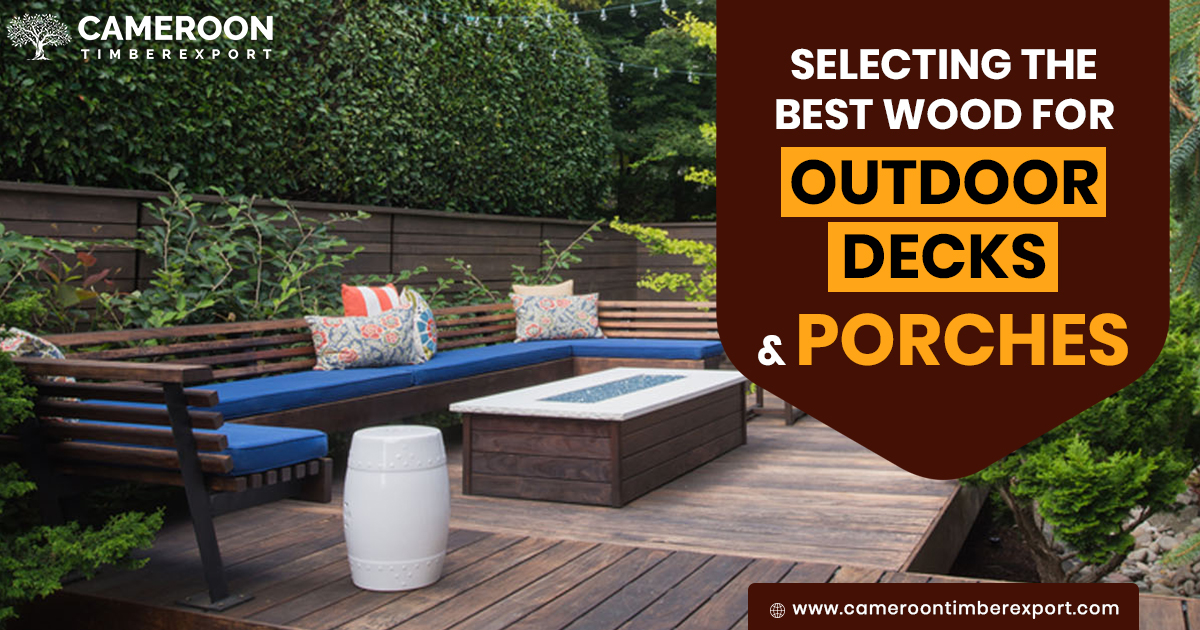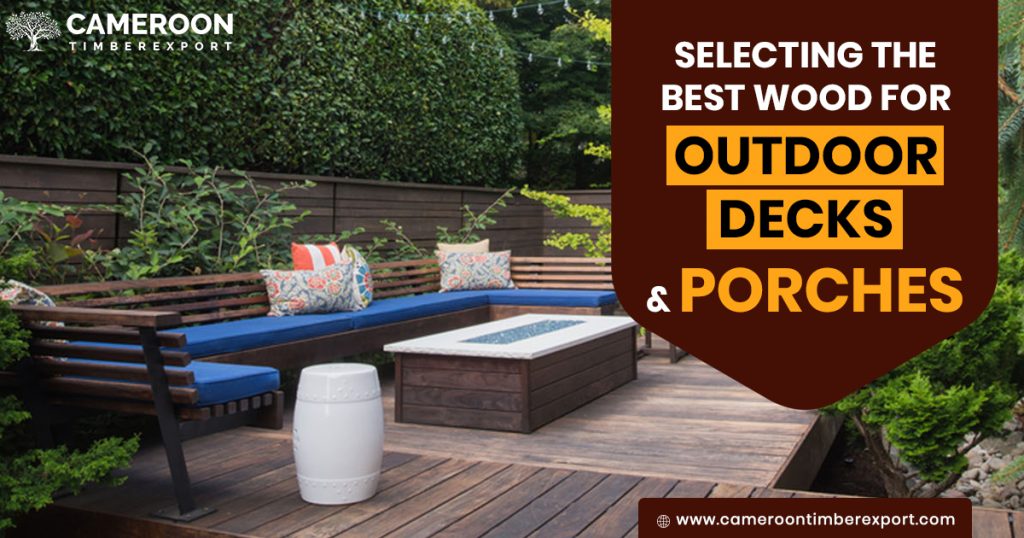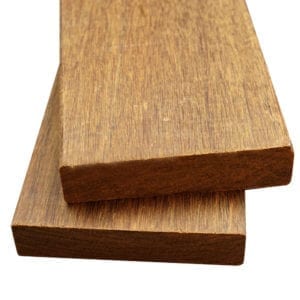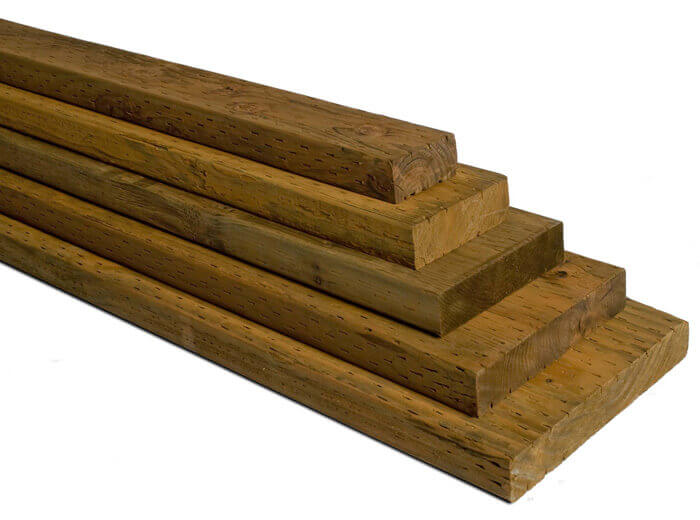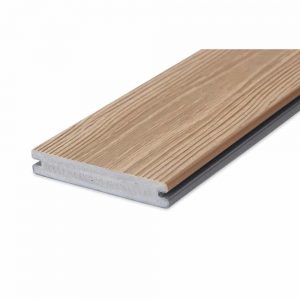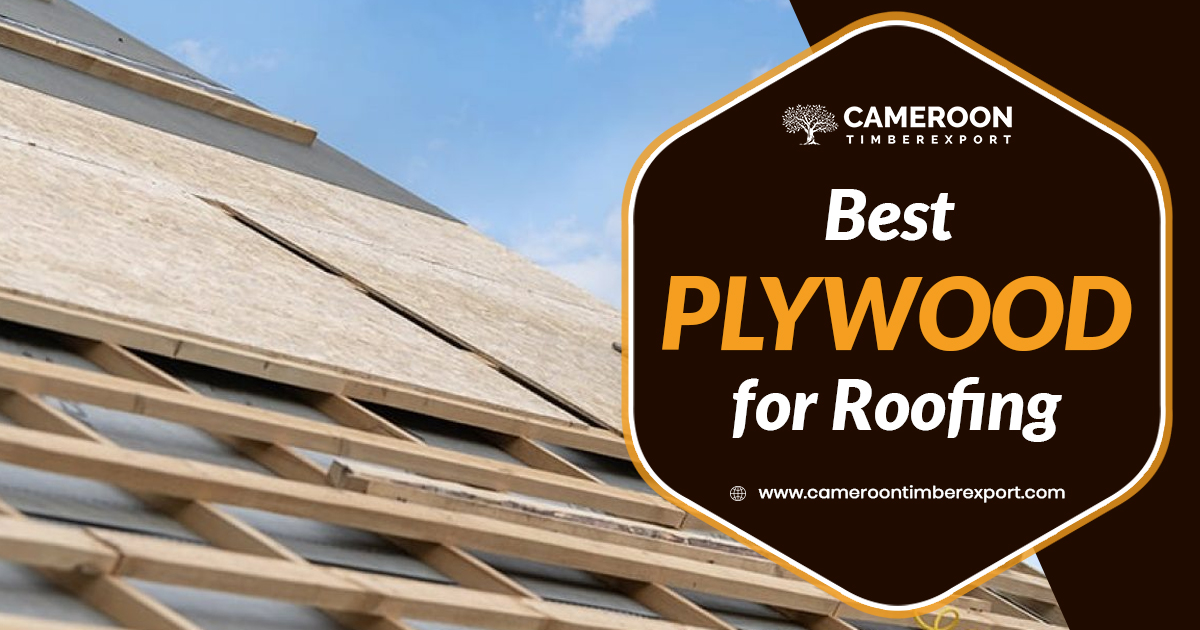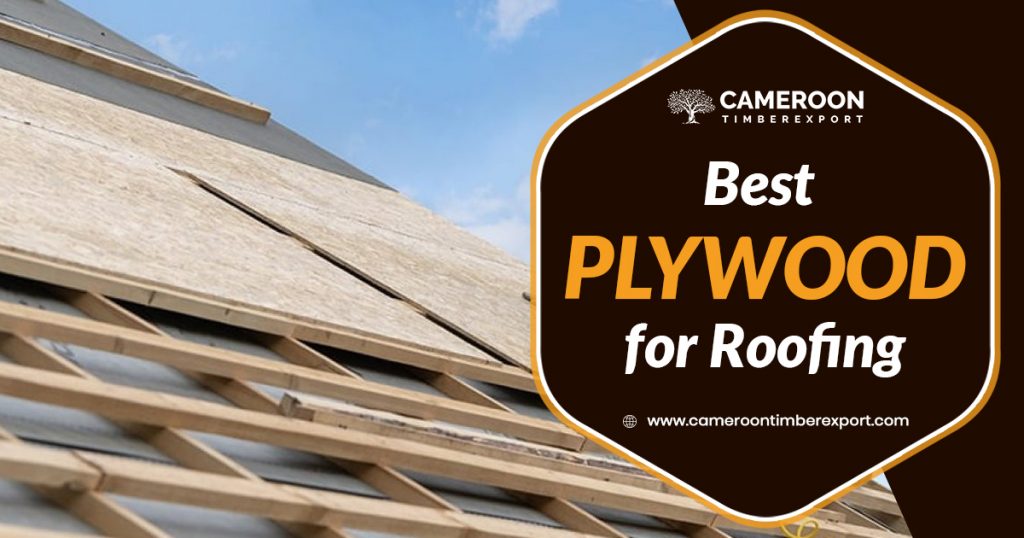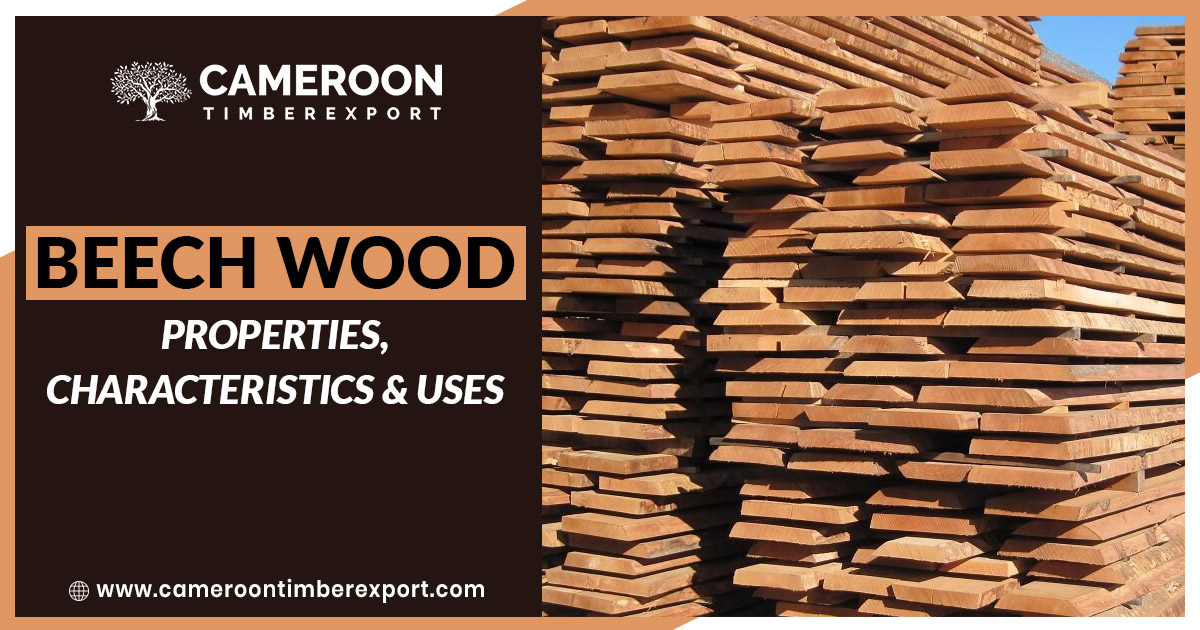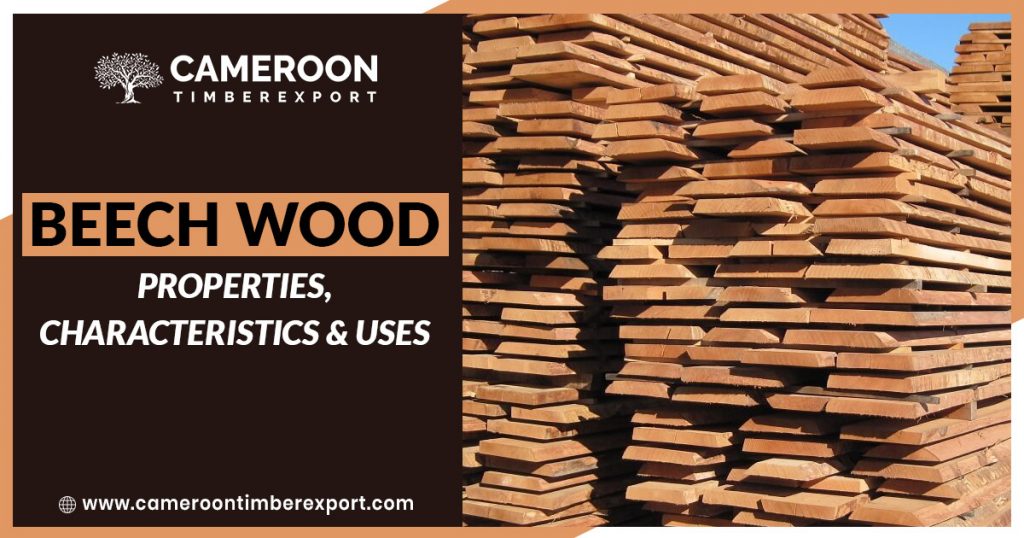Are you looking to buy the best quality wood for decking or fences? Then, you might want to know that Garapa is one of the most preferred hardwoods for decking. This is because the Garapa wood looks very attractive and is extremely durable. Here’s everything you need to know about Garapa lumber properties, including the best way to buy this wood at the right price.
Garapa Wood Introduction
Garapa trees are 65-100 ft tall and have 3-5 ft trunk diameter on average. These trees are commonly found in Brazil and other South American countries. The sapwood or outermost is yellowish, while the heartwood is deep golden to yellowish-brown and slightly darker from the sapwood, but not always clearly distinguishable. The wood color tends to darken (grayish) with age.
With a Janka rating of 1650 lbf, Garapa wood is considered fairly hard and dense and is also rated as durable. However, it can be attacked by insects, including termites. The grain is usually straight with a uniform texture. Garapa is prone to insect attacks and termites but is resistant to decay, pests and fungi and can be used even in extreme weather conditions.
In terms of workability, Garapa is considered easy to work. It finishes and glues well.
Garapa Wood Properties
- Average Dried Weight: 51 lbs/ft3 (820 kg/m3)
- Specific Gravity (Basic, 12% MC): 0.65, 0.82
- Janka Hardness: 1,650 lbf (7,350 N)
- Modulus of Rupture: 18,530 lbf/in2 (127.8 MPa)
- Elastic Modulus: 2,257,000 lbf/in2 (15.57 GPa)
- Crushing Strength: 9,030 lbf/in2 (62.3 MPa)
- Shrinkage: Radial: 4.2%, Tangential: 7.5%,
- Volumetric: 11.4%, T/R Ratio: 1.8
The average lifespan of Garapa wood is 30+ years, which makes it fairly suitable for a range of applications, including decking and flooring.
Garapa when untreated will turn a grayish light silver color with age. Many people love the natural color of this wood, so they use treated Garapa. You can use it either way for superior looks.
Garapa Wood Uses, Availability & Price
Because Garapa is quite dense and durable, it is primarily used for exterior applications. However, it is prone to termite attacks, so proper finishing or treatment should be done when using it outside.
Common uses of Garapa hardwood include boatbuilding, flooring, decking, fences, furniture, and docks. The wood logs are commonly used for construction and by woodworkers.
How To Buy Garapa Hardwood?
Garapa wood is easily available in most locations and is moderately priced.
If not available in your area, you can import Garapa from a global timber supplier like CameroonTimberExportSarl. We are based in Cameroon and supply wood to all major countries around the globe.
How to Buy Garapa Wood at the Best Price Online?
Ready to order wood? Call our 24×7 helpline or use the contact form on our website to send your requirements. Make sure to mention the dimensions, size and amount of Garapa Wood that you need. We deliver to all locations in major countries and cities in Asia, Africa, Europe, America and other regions. All our wood is sustainably harvested and processed and delivered through our in-house shopping system to ensure quality and sustainability. Contact us to know more.

